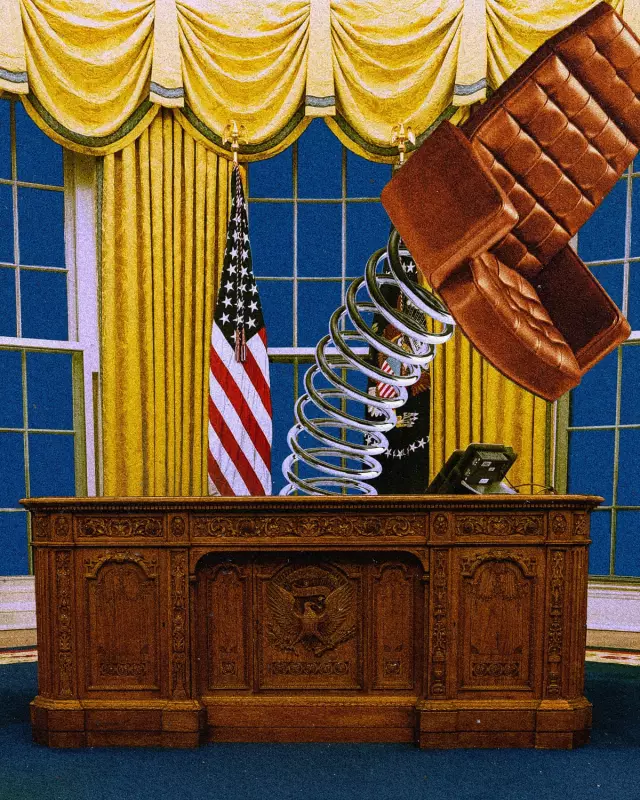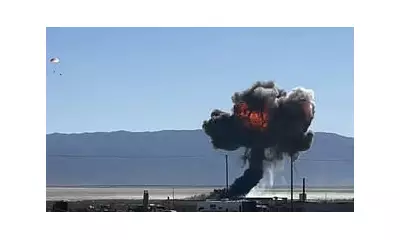
In a stunning revelation that threatens to redefine the legacy of Donald Trump's presidency, senior administration officials engaged in clandestine discussions about invoking the 25th Amendment to remove him from office, according to explosive new reporting.
The Constitutional Nuclear Option
The 25th Amendment, often described as the constitutional "nuclear option," provides a mechanism for the Cabinet to declare a president "unable to discharge the powers and duties of his office." While frequently discussed in political circles, this marks the first confirmation that such discussions reached the highest levels of government during Trump's tenure.
Multiple sources within the administration have confirmed that concerns about the president's stability and decision-making capacity prompted these extraordinary conversations. The discussions reportedly involved cabinet members and senior White House staff who grew increasingly alarmed by what they witnessed behind closed doors.
A Presidency Under Scrutiny
According to insiders, the conversations gained momentum during periods of particular turmoil within the administration. Officials expressed grave concerns about:
- The president's erratic behaviour during critical national security briefings
- Unpredictable decision-making that alarmed senior advisors
- Public statements that contradicted established government policy
- Treatment of foreign leaders and diplomatic partners
One former official described the atmosphere as "a constant state of anxiety," where senior staff questioned whether the president had the temperament and stability required for the world's most powerful office.
Historical Precedent and Political Reality
The 25th Amendment, ratified in 1967 following President John F. Kennedy's assassination, has never been successfully used to remove a sitting president. Section 4 of the amendment allows the vice president and a majority of cabinet members to declare the president unfit, transferring power to the vice president.
However, the political ramifications of such a move would be seismic. Legal experts note that while the amendment provides the framework, the practical challenges of removing a president against their will are enormous, requiring two-thirds majority support in both houses of Congress to sustain the removal.
Fallout and Future Implications
The revelation of these discussions comes at a critical juncture in American politics, raising fundamental questions about:
- The adequacy of current constitutional safeguards
- The role of senior officials in checking presidential power
- The threshold for determining presidential fitness
- The potential impact on future administrations
Political analysts suggest these disclosures could have lasting consequences for how future presidents are evaluated and how senior officials approach their constitutional responsibilities during times of crisis.
The emergence of these discussions marks one of the most significant constitutional stories in modern American history, revealing the depth of concern that existed at the highest levels of government about a sitting president's capacity to govern.





